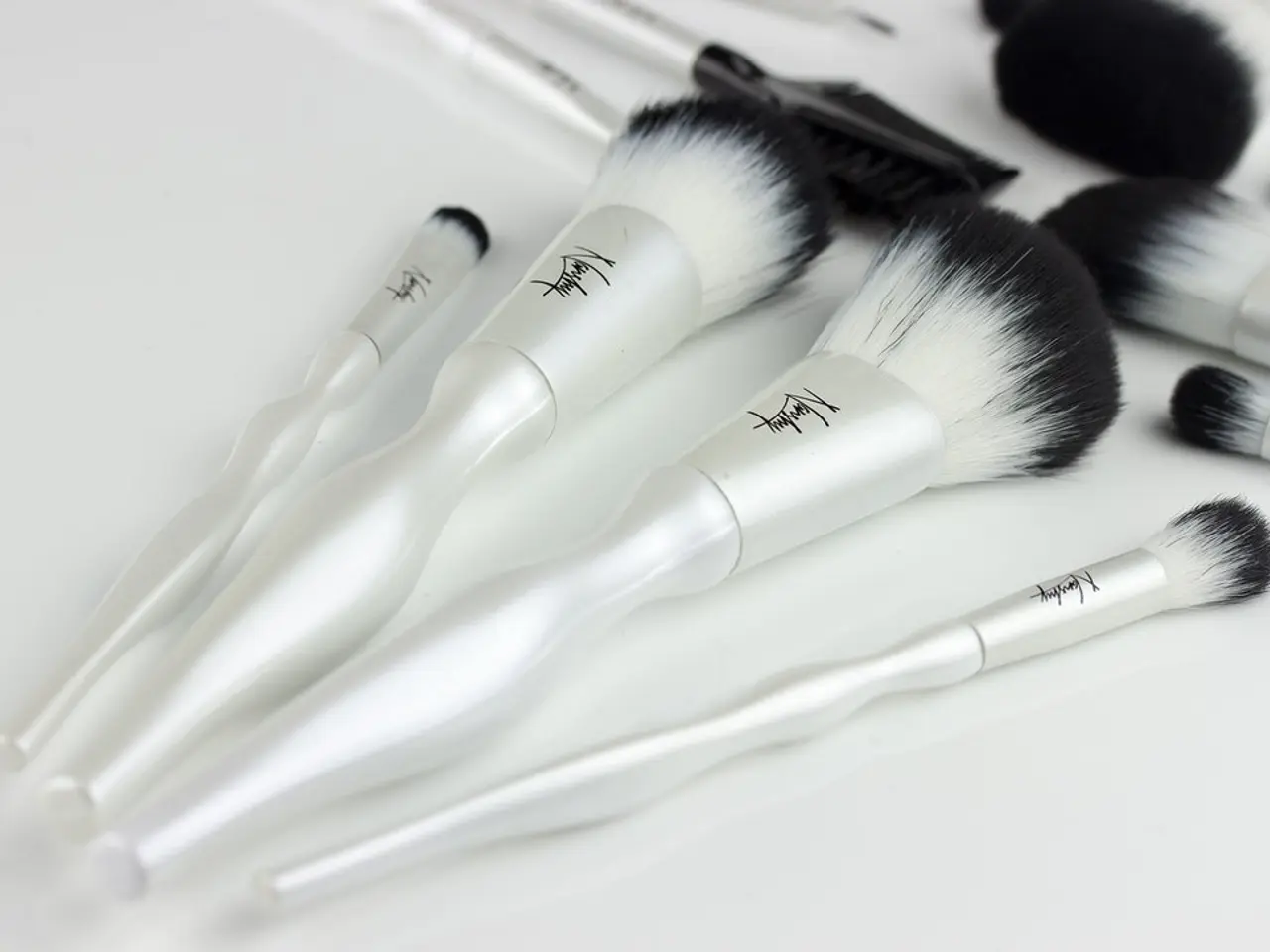High-tech electric toothbrushes: Their Significance
=====================================================================================
In the realm of oral hygiene, electric toothbrushes have taken centre stage, offering a new approach to cleaning teeth and maintaining good dental health. These modern devices come in various forms, including oscillating, sonic, and ultrasonic toothbrushes, each with its unique advantages and disadvantages compared to traditional manual toothbrushes.
Advantages of Electric Toothbrushes
- Oscillating Brush Heads
Oscillating toothbrushes, which rotate back and forth, are favoured for their high-frequency motion that effectively removes plaque. Dental professionals often recommend these brushes for better plaque reduction and gum health. The controlled motion reduces the need for precise brushing technique, ensuring more consistent cleaning.
- Sonic (Sound) Toothbrushes
Sonic toothbrushes, such as Philips Sonicare, generate high-frequency vibrations that can disrupt plaque beyond where bristles physically touch, potentially cleaning areas that manual brushes may miss. These brushes often have multiple modes and adjustable intensity, enhancing personalized care. They are also known for their gentle treatment of gums and teeth.
- Ultrasonic Toothbrushes
Ultrasonic toothbrushes emit ultrasonic waves, typically above human hearing, to break down plaque at a microscopic level with minimal mechanical scrubbing. They may reduce gum inflammation more effectively by disrupting bacterial biofilms and are suitable for sensitive gums and dental work like implants.
- Electric Toothbrushes Overall
Electric toothbrushes improve brushing consistency by automating brush movements, reducing reliance on user technique. They can help people with limited dexterity or motivation to achieve better oral hygiene. Many electric models also incorporate timers to ensure recommended brushing duration.
Disadvantages of Electric Toothbrushes
- Cost and Maintenance
Electric toothbrushes, especially sonic and ultrasonic types, are significantly more expensive upfront and require replacement brush heads that add to ongoing costs. They also need charging or battery replacement, unlike manual brushes.
- Bulk and Sensitivity
Electric toothbrushes are bulkier and heavier than manual brushes, which some users may find cumbersome or uncomfortable. Some users may also experience sensitivity or gum irritation if intensity settings or brush heads are inappropriate.
- Dependence on Power
Electric toothbrushes must be charged or have batteries to operate, limiting their portability compared to manual toothbrushes.
- Potential Overuse or Incorrect Use
Without user education, some might apply excessive pressure or choose high intensity, leading to gum damage.
In summary, electric toothbrushes, particularly oscillating, sonic, and ultrasonic models, generally offer superior plaque removal and ease of use over traditional manual toothbrushes due to automated, high-frequency motions and additional features. However, they come with higher costs, maintenance requirements, and may not suit all users equally, especially those preferring simplicity or with minimal oral hygiene challenges.
It is essential to remember that the brushing time should be individual and depends on the condition of the teeth and one's own brushing skill. Alternatives to round, oscillating brush heads are available in the form of attachments with conventionally shaped heads. Expensive electric toothbrush systems also measure and indicate whether the pressure is too strong or too weak for optimal cleaning.
[1] American Dental Association. (2019). Electric Toothbrushes. [online] Available at: https://www.ada.org/en/public-programs/consumer-information/oral-health-topics/electric-toothbrushes
[2] Mayo Clinic Staff. (2020). Electric toothbrushes vs. manual toothbrushes: Which is better for you? [online] Available at: https://www.mayoclinic.org/healthy-lifestyle/adult-health/in-depth/electric-toothbrush/art-20045281
Other science, such as health-and-wellness technology, has seen electric toothbrushes as a success story, with the advancements in their design and functionality outperforming traditional manual toothbrushes. These modern devices offer personalized care through features like multiple modes, adjustable intensity, and even timers, all aimed at improving brushing consistency.




